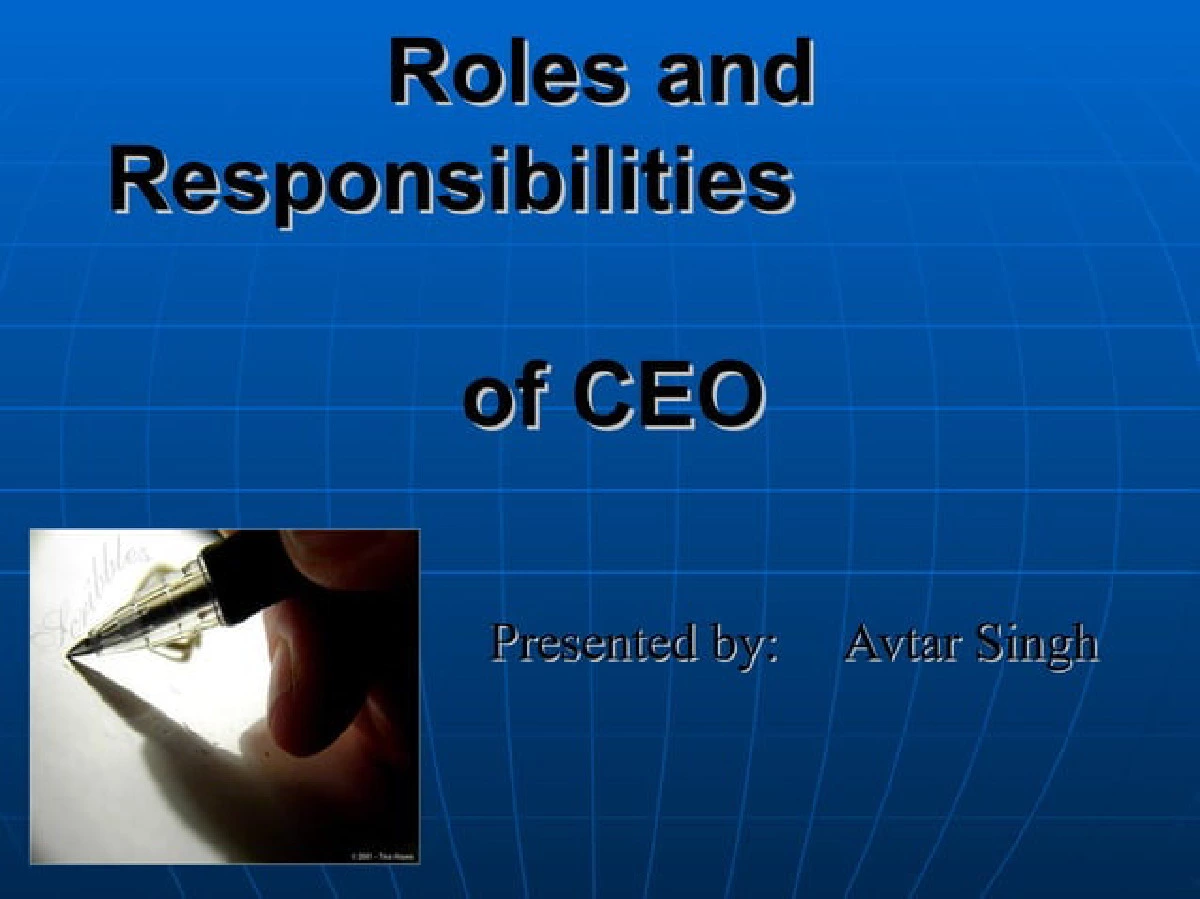
Roles And Responsibilities of CEO
The Chief Executive Officer (CEO) plays a crucial role in the leadership and management of a company. These roles and responsibilities can vary depending on the size and type of the organization. However, the primary focus of a CEO remains on steering the company towards achieving its strategic objectives and ensuring its long-term success.
Roles And Responsibilities of CEO – Principle duties and responsibilities :
1. Business strategy and management
- Developing the Group’s strategy and objectives whilst having regard to the Group’s responsibilities to its shareholders and wider stakeholders including, customers, employees and suppliers.
- Ensuring effective implementation of Board decisions and the successful execution of strategy following approval by the Board.
- Regularly reviewing the operational performance and strategic direction of the Group’s business.
- Recommending to the Board an annual budget and a financial plan and ensuring their implementation following Board approval.
- Optimizing, as far as is reasonably possible, the use and adequacy of the Group’s resources.
- Together with the Chair, providing coherent leadership of the Group, including, representing the Group to employees, customers, suppliers, governments, shareholders, financial institutions, the media, the community and the public.
- Ensuring the long-term sustainability of the business.
- Ensuring all Group policies and procedures are followed and confirm to the highest standards.
2. Investment and Financing
- Approving and executing acquisitions and divestments for recommendation to the Board in line with the authority delegated by the Board.
3. Risk management and controls
- Managing the Group’s risk profile in line with the extent and categories of risk identified as acceptable by the Board.
- Ensuring appropriate internal controls are in place.
4. Board committees
- Making recommendations on remuneration policy and terms of employment of the senior executive team, including the Company Secretary to the Remuneration Committee.
- Making recommendations to the Nomination Committee on the role and capabilities required in respect of the appointment of Executive Directors.
5. Communication
- Keeping the Chair informed on all important matters.
- Ensuring the Board receives accurate, timely and clear information to enable it to discharge its duties.
- Ensuring the Board are kept informed of key business issues including any forthcoming, complex, contentious or sensitive issues affecting the Group, for example any divergence of views within senior management.
- Ensuring the Board is aware, where appropriate, of the views of the workforce on issues of relevance to the business.
- Leading effective engagement and communication with shareholders and other relevant stakeholders.
6. Other
- Leading by example to promote the desired culture and communicate to the workforce the expectations of the Board in relation to the Group’s culture, values and behaviour.
- Approving Group Human Resources policies, including management development and succession planning for the senior executive team, whilst having regard to diversity, inclusion and equal opportunity.
- Promoting, and conducting the affairs of the Group with the highest standards of integrity, probity and corporate governance.
- Regularly reviewing the Group’s organisational structure and recommending changes as appropriate.